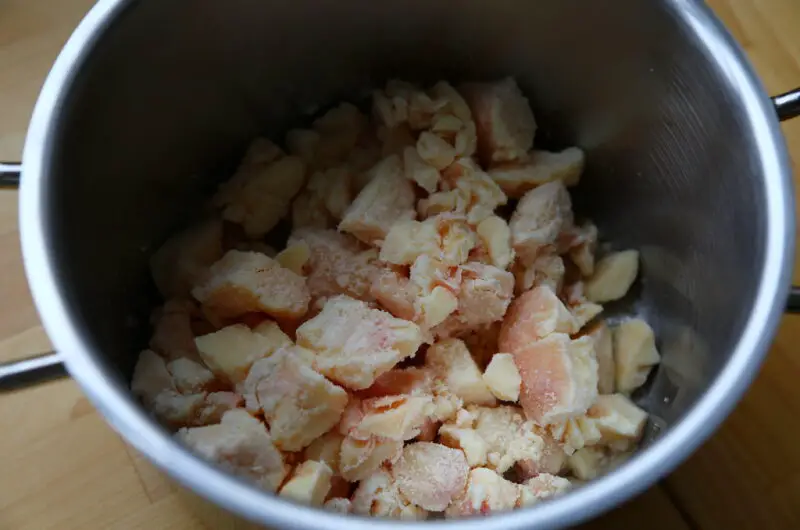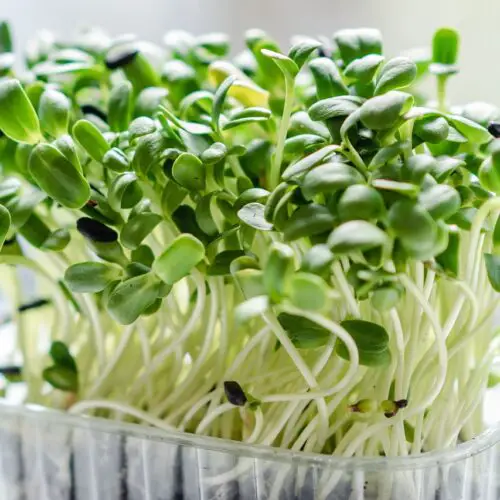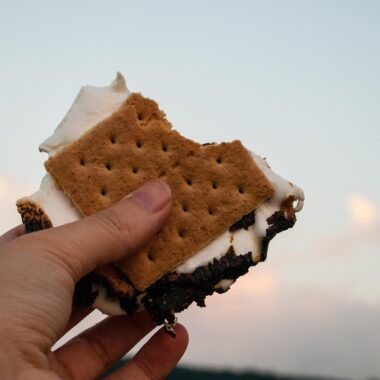Beef tallow, a rendered form of beef fat, has been a staple in kitchens for centuries, valued for its rich flavor, high smoke point, and versatility in cooking. In recent years, it has experienced a resurgence in popularity due to its use in traditional cooking, ketogenic diets, and even skincare. This article provides a detailed guide on how to make beef tallow at home, its culinary and non-culinary applications, nutritional benefits, and tips for storage and use. By the end, you’ll have a thorough understanding of how to create and incorporate this time-honored ingredient into your daily life.
What is Beef Tallow?
Beef tallow is the rendered fat from beef, typically sourced from the suet, which is the hard, white fat surrounding the kidneys and loins of the animal. Rendering is the process of melting and purifying the fat to remove impurities, resulting in a smooth, shelf-stable product. Tallow has a creamy white or slightly yellow color when solidified and a rich, savory aroma when melted. It’s prized for its high smoke point (around 400°F/204°C), making it ideal for high-heat cooking methods like frying and roasting.
Historically, tallow was a common cooking fat before the rise of vegetable oils and margarine. It was used in everything from pie crusts to candles and soaps. Today, it’s celebrated for its flavor and health benefits, particularly in paleo and ketogenic diets, as it’s rich in healthy fats and contains no carbohydrates.
Why Make Beef Tallow at Home?
Making beef tallow at home is cost-effective, allows you to control the quality of the ingredients, and ensures a fresh, pure product. Store-bought tallow can be expensive and may contain additives or be processed in ways that diminish its quality. By rendering your own tallow, you can source high-quality fat from grass-fed or organic beef, which enhances both flavor and nutritional value. Plus, the process is straightforward and requires minimal equipment.
Ingredients and Equipment Needed
To make beef tallow at home, you’ll need the following:
Ingredients
Beef fat (suet): 2–3 pounds (0.9–1.4 kg) of high-quality beef fat, preferably from grass-fed cattle. Suet is ideal, but other fatty cuts like brisket fat trimmings can work.
Water (optional): A small amount to prevent burning during rendering.
Equipment
Sharp knife or kitchen scissors: For trimming and cutting fat into small pieces.
Food processor (optional): To finely chop the fat for faster rendering.
Heavy-bottomed pot or slow cooker: For rendering the fat.
Cheesecloth or fine mesh strainer: To filter out impurities.
Heat-safe container or jars: For storing the rendered tallow.
Wooden spoon or spatula: For stirring.
Stove or slow cooker: Depending on your preferred rendering method.
Step-by-Step Beef Tallow Recipe
Here’s a detailed guide to rendering beef tallow at home using two methods: stovetop and slow cooker. Both methods yield excellent results, but the slow cooker is more hands-off.
Method 1: Stovetop Rendering
Step 1: Prepare the Beef Fat
Source the fat: Purchase high-quality beef suet from a butcher, local farm, or grocery store. Grass-fed beef suet is preferred for its richer flavor and higher nutrient content.
Trim the fat: Remove any meat, gristle, or connective tissue from the suet. These can impart an off-flavor and cause the tallow to spoil faster.
Cut or grind the fat: Chop the suet into small, uniform pieces (about 1/2-inch cubes) or process it in a food processor to increase surface area and speed up rendering. Smaller pieces melt faster and yield more tallow.
Step 2: Render the Fat
Place fat in a pot: Add the chopped fat to a heavy-bottomed pot. If you’re concerned about burning, add 1/4 cup of water to the pot to prevent the fat from sticking initially (the water will evaporate during cooking).
Heat on low: Set the stove to low heat. The goal is to melt the fat slowly to avoid burning. Stir occasionally to ensure even melting.
Monitor the process: As the fat melts, it will release liquid and small bits of crispy solids (called cracklings). This process can take 1–3 hours, depending on the amount of fat and heat level.
Check for doneness: The tallow is ready when the fat has fully melted, and the cracklings are golden brown and sink to the bottom. The liquid should be clear and golden.
Step 3: Strain the Tallow
Prepare a strainer: Line a fine mesh strainer with cheesecloth or use a coffee filter for extra purity.
Strain the liquid: Carefully pour the hot liquid fat through the strainer into a heat-safe container, catching the cracklings and impurities. Discard the cracklings or save them for snacks (they’re delicious when salted).
Cool the tallow: Let the strained tallow cool slightly before transferring it to jars. It will solidify as it cools, turning creamy white.
Step 4: Store the Tallow
Transfer to containers: Pour the liquid tallow into clean, dry glass jars or metal containers. Leave some headspace to allow for expansion.
Store properly: Once solidified, store tallow in an airtight container in the refrigerator for up to 6 months or at room temperature in a cool, dark place for up to 3 months. For longer storage, freeze tallow for up to a year.
Method 2: Slow Cooker Rendering
Prepare the fat: Follow the same steps as above to trim and chop the beef fat.
Place in slow cooker: Add the fat to a slow cooker. No water is needed, as the slow cooker’s low, consistent heat prevents burning.
Cook on low: Set the slow cooker to low and let the fat render for 6–12 hours, stirring occasionally. The longer time allows for a gentler process, resulting in a cleaner flavor.
Strain and store: Follow the same straining and storage steps as the stovetop method.
Tips for Success
Choose high-quality fat: Grass-fed beef suet produces tallow with a better flavor and higher levels of nutrients like conjugated linoleic acid (CLA) and omega-3 fatty acids.
Avoid overheating: High heat can scorch the fat, imparting a burnt flavor. Keep the heat low and steady.
Filter thoroughly: Proper straining ensures a pure, shelf-stable product free of impurities that could cause rancidity.
Test for purity: If the tallow has a strong odor or dark color, it may contain impurities. Reheat and strain again if needed.
Culinary Uses of Beef Tallow
Beef tallow is incredibly versatile in the kitchen. Its high smoke point and rich flavor make it suitable for a variety of cooking methods. Here are some popular uses:
- Frying
Tallow’s high smoke point makes it perfect for deep-frying foods like French fries, doughnuts, or fried chicken. It imparts a crispy texture and savory flavor that vegetable oils can’t match. Try making homemade potato fries by cutting potatoes into strips, soaking them in water to remove excess starch, and frying them in tallow at 350°F (175°C) until golden.
- Roasting
Use tallow to roast vegetables like potatoes, carrots, or parsnips. Toss the vegetables in melted tallow, season with salt and herbs, and roast at 400°F (204°C) for a crispy, flavorful result. Tallow enhances savory dishes and complements root vegetables particularly well.
- Baking
Tallow can replace butter or shortening in pie crusts, biscuits, and pastries. Its solid texture at room temperature creates flaky, tender baked goods. For a savory pie crust, combine 2 cups flour, 1/2 cup tallow, a pinch of salt, and 4–6 tablespoons cold water, then chill before rolling out.
- Sautéing and Searing
Tallow is excellent for sautéing vegetables or searing meats. Its rich flavor enhances dishes like steak or stir-fried greens. Use a tablespoon of tallow in a hot skillet to sear a steak for 3–4 minutes per side for a perfect crust.
- Seasoning Cast Iron
Tallow is a traditional choice for seasoning cast iron pans. Its high fat content creates a durable, non-stick coating. Rub a thin layer of tallow onto a clean cast iron pan, heat it in a 400°F (204°C) oven for an hour, and let it cool to create a seasoned surface.
Non-Culinary Uses of Beef Tallow
Beyond the kitchen, beef tallow has a range of applications:
- Skincare
Tallow is rich in fat-soluble vitamins (A, D, E, and K) and has a fatty acid profile similar to human skin, making it an excellent moisturizer. Combine melted tallow with essential oils like lavender or tea tree to create a nourishing balm. Apply sparingly to dry skin or chapped lips.
- Soap and Candle Making
Tallow is a traditional ingredient in soap and candle production. For soap, combine tallow with lye and water in a cold-process soap recipe for a hard, long-lasting bar. For candles, melt tallow, add a wick, and pour it into a mold for a natural, slow-burning candle.
- Leather Conditioning
Tallow can be used to condition leather goods like boots or bags. Rub a small amount into the leather and buff it with a soft cloth to restore suppleness and shine.
Nutritional Benefits of Beef Tallow
Beef tallow is a nutrient-dense fat with several health benefits, particularly when sourced from grass-fed cattle:
Rich in healthy fats: Tallow is primarily composed of saturated and monounsaturated fats, which provide energy and support cell function. It contains about 50% saturated fat, 42% monounsaturated fat, and 4% polyunsaturated fat.
Conjugated Linoleic Acid (CLA): Grass-fed tallow is a good source of CLA, which has been linked to reduced inflammation and improved heart health.
Fat-soluble vitamins: Tallow contains vitamins A, D, E, and K, which support immune function, bone health, and skin health.
No trans fats: Unlike many processed vegetable oils, tallow contains no artificial trans fats, making it a healthier choice for cooking.
Storage and Shelf Life
Proper storage is key to maintaining tallow’s quality. Store it in an airtight container to prevent oxidation. At room temperature, tallow lasts about 3 months in a cool, dark place. In the refrigerator, it can last up to 6 months, and in the freezer, it remains good for a year or more. If the tallow develops an off smell or rancid taste, discard it.
Troubleshooting Common Issues
Tallow smells bad: This could be due to impurities or overheating. Ensure thorough straining and low-heat rendering.
Tallow is too soft: This may happen if the fat wasn’t rendered long enough or if it contains too much water. Reheat and strain again to remove excess moisture.
Tallow has a grainy texture: This can occur if the tallow cools too quickly. Warm it slightly and stir to achieve a smooth consistency before storing.
Environmental and Ethical Considerations
When sourcing beef fat, consider supporting local farmers or regenerative agriculture practices. Grass-fed beef is not only better for your health but also more sustainable, as it promotes soil health and reduces the environmental impact of cattle farming. Avoid factory-farmed beef fat, which may contain residues of antibiotics or hormones.
Conclusion
Beef tallow is a versatile, nutrient-rich fat that deserves a place in every kitchen and home. Making it at home is a simple process that yields a high-quality product for cooking, skincare, and more. By following the steps outlined above, you can create your own tallow and experiment with its many uses, from frying crispy potatoes to crafting homemade soap. With its rich history and modern resurgence, beef tallow is a testament to the value of traditional ingredients in today’s world. Whether you’re a home cook, a DIY enthusiast, or someone exploring healthier fats, tallow is a rewarding ingredient to master.


















